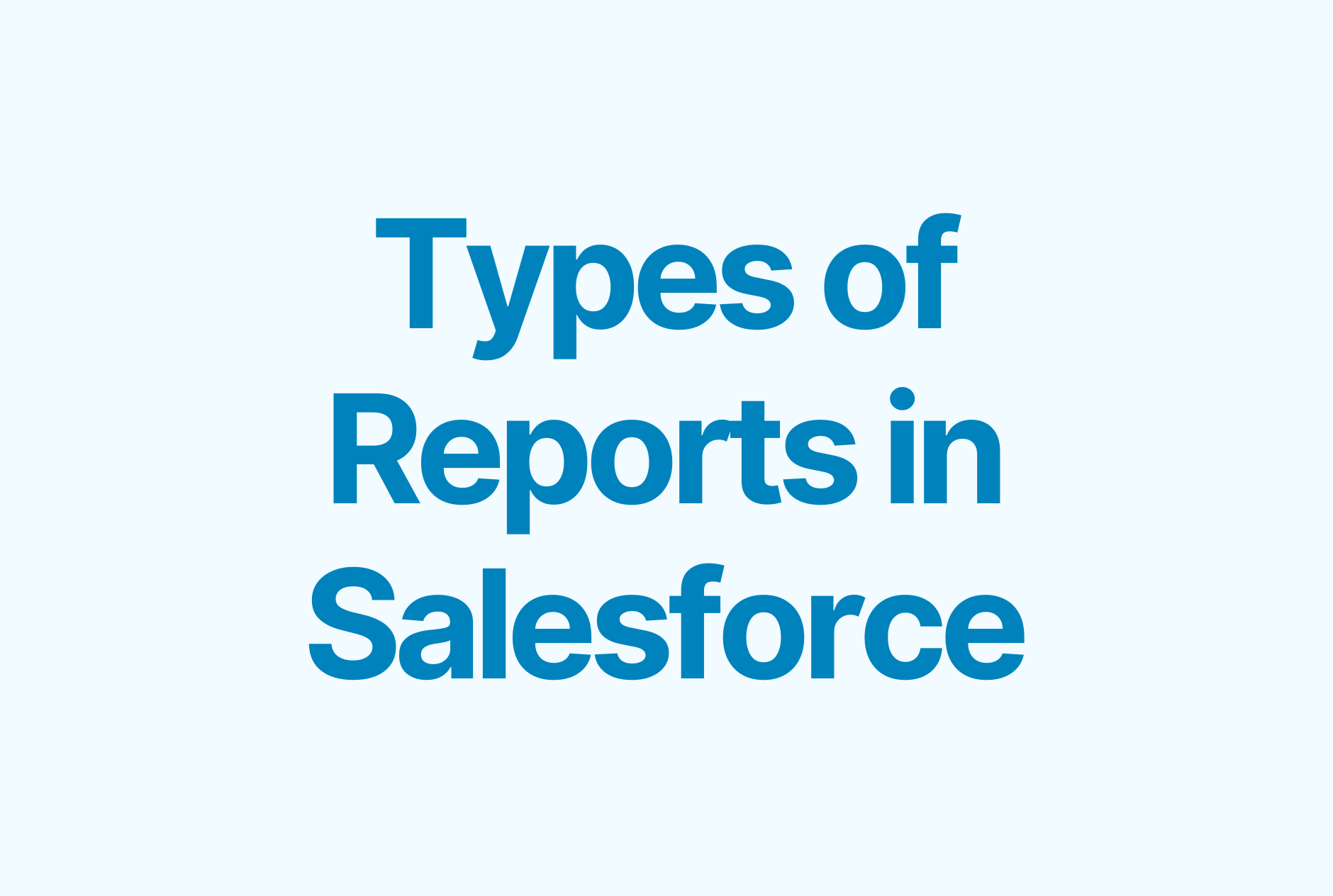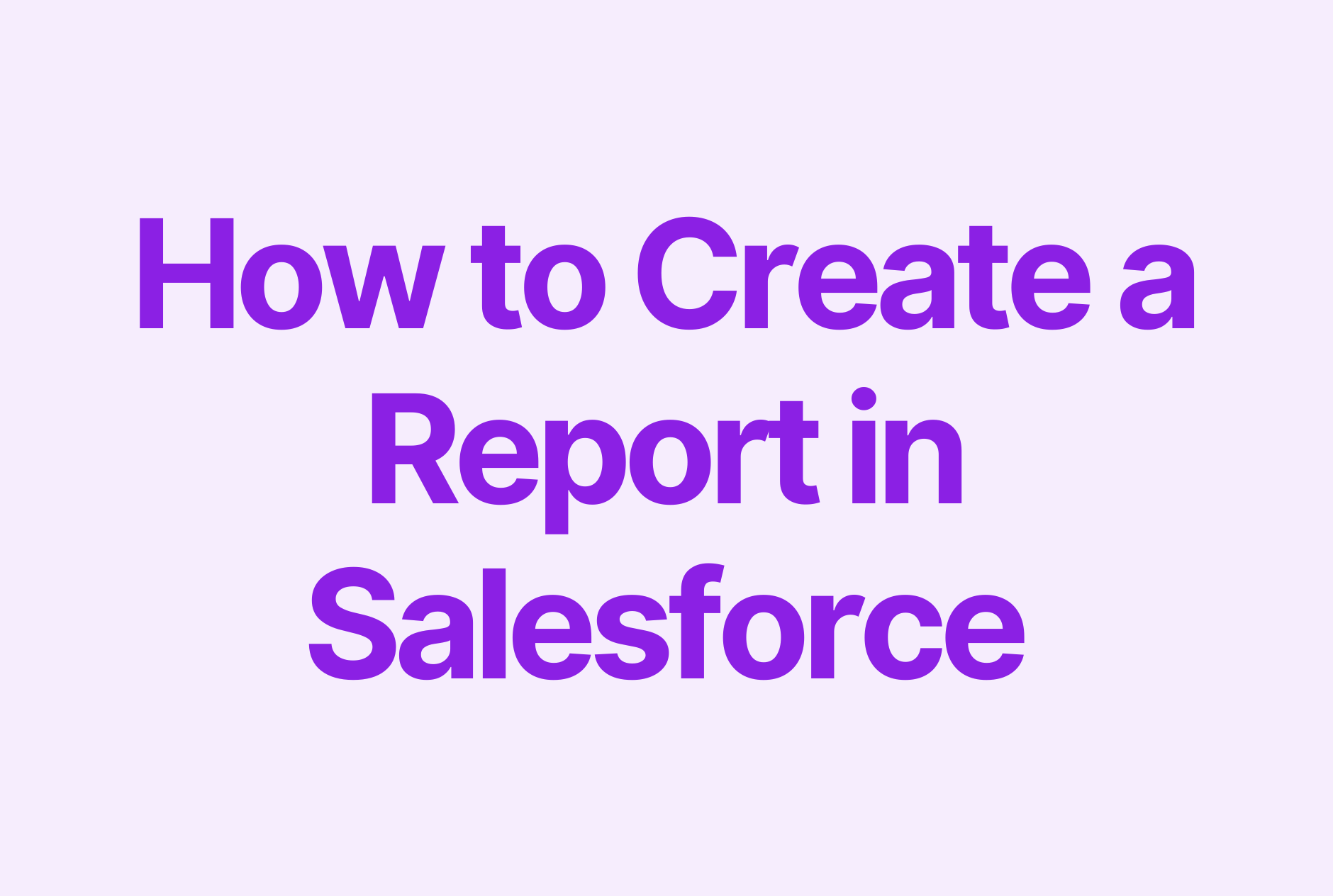8 Sales Operations KPIs You Need to Track

You've probably heard the saying, “What gets measured gets managed.” These are the words of the legendary management guru Peter Drucker.
The key tenet is that if you’re measuring something, chances are high that you’ll act on the findings. The same applies to tracking sales operations KPIs. Without them, you can't really know if your sales operations team is as effective as it can be or if some roadblocks in the workflow stop it from hitting revenue goals.
We have put together the most important sales operations KPIs you should track. Let’s go through them!
What are sales operations KPIs?
Sales operation KPIs (key performance indicators) are numerical measures or metrics that clearly show your sales team's performance. They provide powerful insights into your sales performance, like how many deals your sales reps closed, how many opportunities they had, sales velocity, etc.
The importance of tracking sales operations KPIs
High-performing sales operations teams set KPIs as part of their workflow. Tracking sales operations KPIs helps you:
- Measure progress towards goals – By setting and measuring specific KPIs; companies can understand whether they are on track to meet their goals and adjust their sales strategy accordingly.
- Identify performance issues and increase efficiency – By tracking sales operations KPIs, you’ll evaluate your sales performance and uncover any problematic areas.
- Optimize resource allocation and maximize revenue – Another benefit of tracking sales operations KPIs is that it can help businesses optimize their resources and use them more efficiently. By analyzing sales metrics, revenue teams can identify the right time for a new hire, the most profitable marketing channels, and tedious tasks that can be automated, to name a few.
According to a survey conducted by ZS, 79% of high-growth B2B companies set KPIs on an annual basis, and 22% do it at the beginning of each quarter. Interestingly, 54% of the companies track the same KPIs as in the previous year, 30% expect to track more, and the remaining 7% plan to decrease the number of metrics.
How to set sales operations KPIs
Nowadays, you have a pool of data points from multiple sources — and understanding what really matters and what you should track is challenging. One way to set sales operations KPIs is with the North Star metrics framework.
The North Star metrics framework is a strategy that chooses one critical metric as the main indicator for product or business growth. Though this framework originally suggests that each company should focus on one key metric at a time, there is no limitation.
The North Star metrics framework is comprised of 6 broad categories:
- Revenue (e.g., MRR, annual revenue)
- Customer growth (e.g., paid users or customers, subscribers)
- Consumption growth (e.g., messages sent)
- Engagement growth (e.g., DAU, MAU)
- Growth efficiency (e.g., customer acquisition cost, LTV/CAC, buying frequency)
- User experience (e.g., NPS, CSAT)
To implement sales operations KPIs successfully, you’ll need to answer these questions, as suggested by the framework.
- What does success look like to us?
- What are the leading indicators that we can measure?
- What factors influence these indicators?
- What actions can we take to improve these factors?
- How can we measure these factors?
- Where can we collect the data from?
By answering these questions, you can break down the key performance indicators that are relevant to you.
Top 8 sales operations KPIs you should track
Now that you know the importance of tracking sales operations metrics, let’s move on to the juicy part of this guide.
Here are 8 key sales operations KPIs that generally apply to most sales teams.
1. Sales cycle length
Sales cycle length is the number of days or months it takes to close a deal, from the first interaction with the prospect to winning the deal.
Sometimes referred to as the average deal cycle, it’s a key metric that helps you measure sales efficiency and create revenue forecasts.
To calculate your sales length cycle, you need to add up the total number of days it took to close every sale, then divide that sum by the total number of deals.
Here’s an example to illustrate the formula:
- Deal 1 took 30 days
- Deal 2 took 17 days
- Deal 3 took 25 days
- Deal 4 took 60 days
Tally up the days it took to close the deals. 30+17+25+60 = 132 days. Divide this number by 4 — and you’ll get 33 days as the average sales cycle length.
2. Average lead response time
Lead response time refers to the amount of time it takes to follow up with leads after they first contact you. Tracking this metric will help you compare your rate with industry benchmarks and take action to accelerate response time and close more deals.
To find your lead response time, take the total amount of time between lead creation and the first response. Next, divide that amount by the number of leads your team responded to.
There is no ideal lead response time, but the faster you respond to a lead, the more likely you’ll convert that deal into a customer.
Dan Gray, CEO of Vendry, says:
“For me, the most important Sales Ops metric to track and improve is average response time. Considering that your leads are likely chatting with a number of companies and trialing various services, your ability to capture their attention quickly is what will give you a competitive advantage early on.
All of your actions should be geared towards providing responses and solutions to your prospective clients’ problems as quickly as possible to ensure they remain engaged."
3. Lead-to-opportunity conversion rate
The lead-to-opportunity conversion rate is the percentage of leads converted into opportunities. This KPI determines how successful and effective your sales team is at turning leads into opportunities and, ultimately, deals.
You can calculate the lead-to-opportunity conversion rate by dividing the number of leads converted into opportunities by the total number of leads received. For example, If you have 1,000 leads and 318 leads moved to the opportunity stage, your lead-to-opportunity conversion rate would be 31.8%.
4. Win rate
The win rate represents the percentage of closed deals and helps you gauge a sales rep’s overall performance. There are two ways to calculate win rate:
- 1. By including all opportunities, including unqualified ones – To calculate win rate, you need to divide the number of closed deals by the total number of sales opportunities in the pipeline over a given time.
- By excluding unqualified leads – To calculate it, divide the number of closed deals by the total number of sales-qualified opportunities.
For example, if you closed 35 deals out of 96 opportunities over a specific time (usually a month), your win rate would be 36.4%.
5. Average deal value
The average deal value is the average amount of money a business makes from a closed deal.
You can calculate this metric by adding up the size of each closed-won opportunity in a specific period and dividing it by the total number of deals made in that timeframe.
For example, a B2B company closed 3 deals in the last month, with one being worth $1,700, the second one $2,500, and the third one $2,900. The total revenue would be $7,100. Dividing it by 3, you can find the average deal value, which equals $2,366.
6. Customer lifetime value
Customer Lifetime Value (CLV), is a metric that indicates the total revenue a business can expect from a customer during their entire relationship with the company. This is an essential metric to predict a business's potential and create data-driven strategies to decrease customer acquisition costs and drive sustainable growth.
To calculate CLV, multiply the average customer order value by the average customer lifespan.
High CLV means that customers are happy with the company and are more likely to upgrade to higher pricing tiers in the future. In contrast, short CLV indicates bottlenecks in the product or offering that need removal.
7. Pipeline hygiene score
The pipeline hygiene score measures the quality of your sales pipeline data. Here’s how to calculate it:
- Define your criteria for a healthy pipeline (e.g., deal quality and size, stage progression, win rate).
- Assign scores for each criterion (e.g., from 0 to 10).
- Weight the scores (e.g., you might want to weight deal quality more heavily compared to opportunity age).
- Multiply scores by weights to get your final pipeline hygiene score.
8. Forecast accuracy
Forecast accuracy, as its name implies, denotes how accurate your sales forecasts are.
One of the most common methods to measure forecast accuracy is Mean Absolute Percentage Error (MAPE). You can calculate it by taking the difference between your forecast and the actual value and dividing that difference by the actual value. The value you get is the percentage of errors.
MAPE = (1/n) x Σ((At - Ft) / At) x 100
- n is the number of fitted points,
- At is the actual value,
- Ft is the forecast value,
- Σ is the summation notation.
Wrap up
Tracking sales operation KPIs is crucial for optimizing your sales process, having a productive sales ops team, and increasing revenue. Define the sales KPIs that matter to you and keep an eye on them to detect trends and act accordingly.












